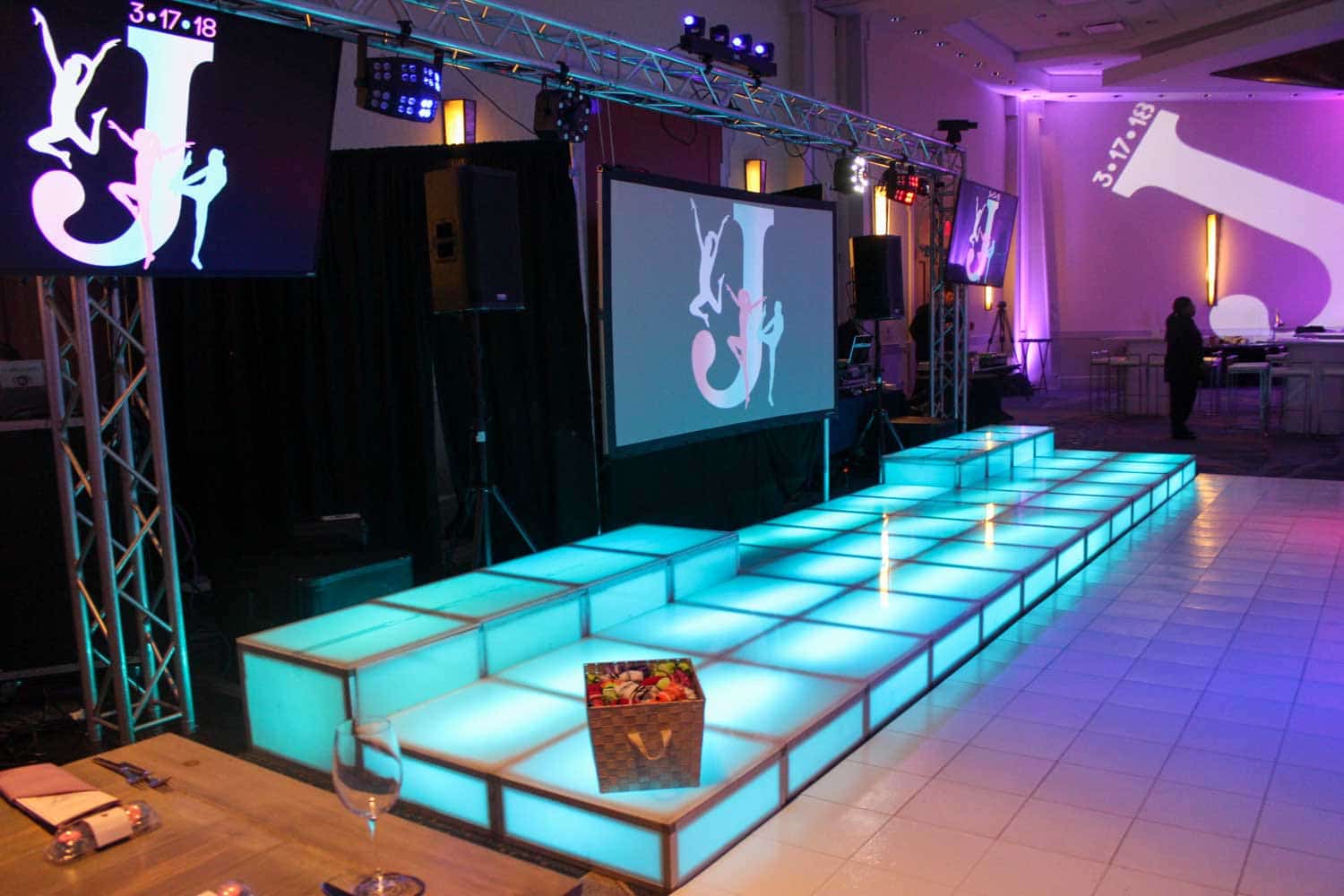Demystifying LED Panel Surface Luminance Evaluations for Ideal Screen Performance
Demystifying LED Panel Surface Luminance Evaluations for Ideal Screen Performance
Blog Article
Light Emitting Diode wall screens are increasingly popular across various environments, including residences and commercial spaces as well as communal areas. Such screens tend to be known for their bright and vibrant visuals, that render them ideal for conveying information, ads, as well as entertainment. However, understanding brightness illumination levels for LED panel screens is essential for ensuring optimal visual efficacy. Illumination can be measured in metrics known as candelas, which indicate how much luminosity produced from a screen. A higher the quantity of candelas, the brighter more luminous the visual is. For, example, a screen boasting one thousand candelas is significantly brighter compared to a featuring five hundred candelas, rendering it more suitable for brightly lit settings.
When choosing a Light Emitting Diode panel screen, one is important to consider which setting where that the screen will be placed. For well-lit lit areas, such as shopping malls and open-air locations, higher increased luminosity rate becomes essential for guaranteeing clarity. Conversely, in darker environments, such as theaters or conference rooms, a lower brightness rate might be adequate. This is because excessive bright unnecessary luminosity within an dim setting may lead to discomfort for viewers, making it harder to focus on the display. Therefore, understanding the specific requirements of an setup site will aid in choosing the right brightness level for ideal visual experience.
A further crucial element for consider is Read Full Report contrast differential proportion in an Light Emitting Diode panel screen. The contrast ratio measures the difference between the brightest white and the darkest black shade which a screen is able to create. A higher contrast ratio means the display can it can present greater detail and depth, which enhances general visual clarity. For example, one panel with a contrast proportion at ten thousand to one is able to display images with more brilliant hues as well as sharper details compared to one featuring a proportion at 1,000:1. This is particularly crucial in instances where showing images or videos which demand greater clarity as well as fine details, such as presentations or advertising material.
Additionally, the technology behind Light Emitting Diode wall screens has an crucial role in their illumination as well as total performance. Different types in Light Emitting Diode methods, such as OLED as well as Liquid Crystal Display, possess unique characteristics which affect the way brightness is perceived. OLED screens often offer better differential as well as deeper blacks, which can improve a viewing experience in dim settings. On the other hand, traditional Light Emitting Diode screens may prove to be better for bright spaces because of their ability for generate higher levels in illumination. Comprehending these technological variances will guide consumers to making informed decisions according to specific specific needs.
In conclusion, consistent maintenance as website here well as adjustment of LED panel panels can assist preserve ideal brightness as well as efficacy over time. Dirt as well as dirt may build up on a surface, affecting its brightness and sharpness in the visual. Regular cleaning as well as expert adjustment may ensure that the panel functions in its optimal, offering consistent visual clarity. Additionally, some sophisticated LED panel screens come built-in built-in options that enable operators to modify brightness levels as well as color settings based on their wants. Through implementing such measures, users will ensure that LED LED panel panels provide an best visual efficiency, no matter the setting in that these are used.